10 Surprising Foods with Hidden Sugar

Key Takeways
You may think that limiting sugary foods like ice cream, desserts, and soda is all you need to do to reduce your added sugar intake. But high amounts of sugar can be found in some surprising products.
In fact, a recent report found that an estimated 74 percent of packaged foods contain added sugar. These foods can even include those that are labeled as “healthy” or “natural,” which doesn’t always translate to a low-sugar option.
Keep reading for 10 of the most common packaged foods that may be high in added sugars. We’ll also share some tips for avoiding sugar traps and finding lower sugar varieties of your favorites!
The Many Faces of Sugar
Sugar has many different names, so it can be hard to detect added sugars in ingredient labels. If you aren’t sure that a food is high in added sugar, a good rule of thumb is to check the nutrition facts listed on the package for any of the names sugar may fall under.
Here are some hints to help you catch hidden sugars on the ingredients list:
- The ingredient on the label ends in “-ose.”
- The ingredient list contains the words “sugar,” “syrup,” “juice,” or “concentrate.”
- The food includes a “honey” or a “nectar.”
Just a few of the names added sugar can masquerade under include:
- Agave nectar
- Corn sweetener
- Corn syrup or corn syrup solids
- Dextrose
- Brown sugar
- Fruit juice concentrate
- Glucose or glucose solids
- High-fructose corn syrup
- Maltose
- Sucrose
- Fructose
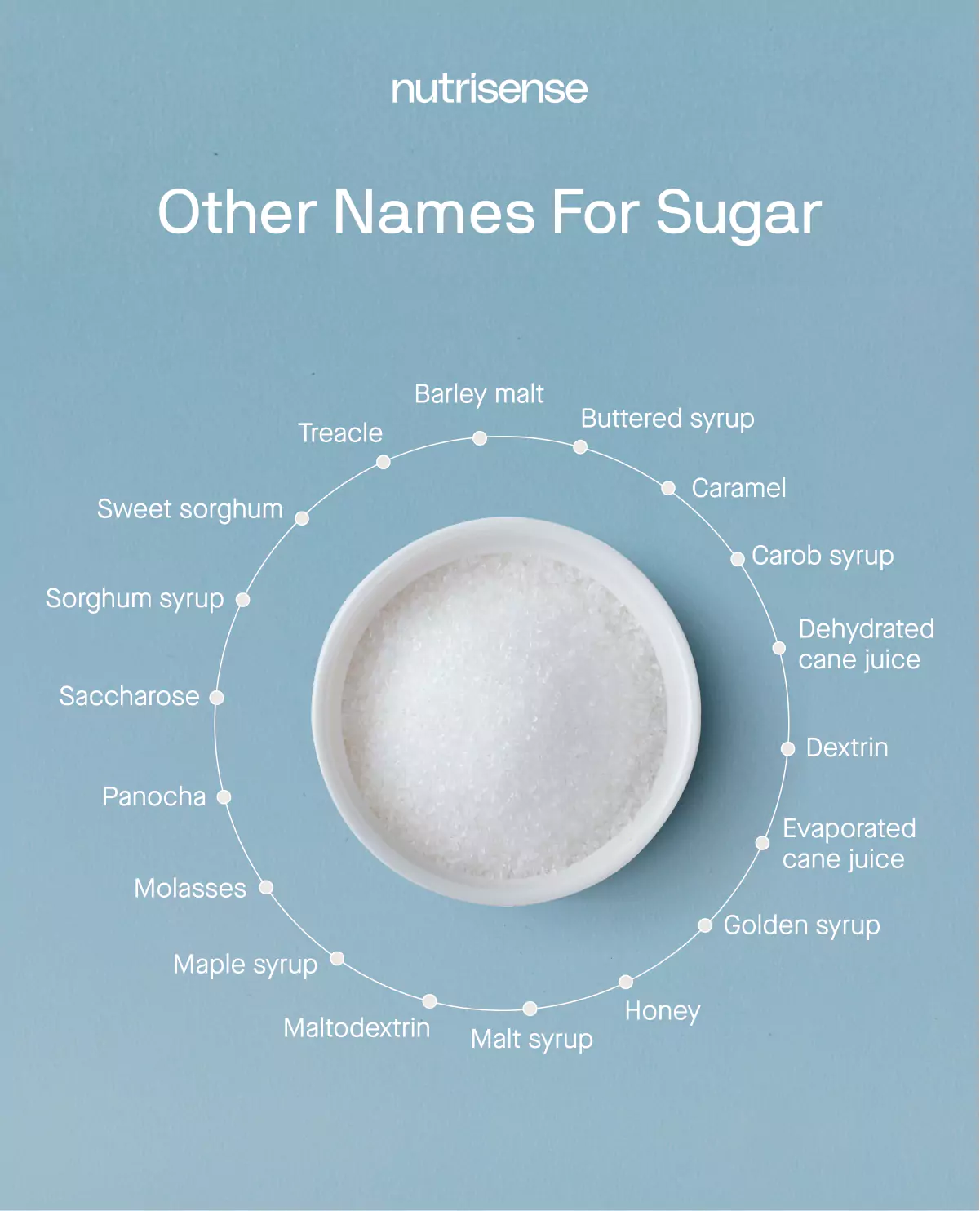
Top 10 Foods With Hidden Sugar
You might expect to find added sugar in products such as baked goods, desserts, and sodas. But in addition to the usual suspects, there are some foods that can contain a surprising amount of added sugar.
Here are a few common foods with hidden sugars.
1) Yogurt
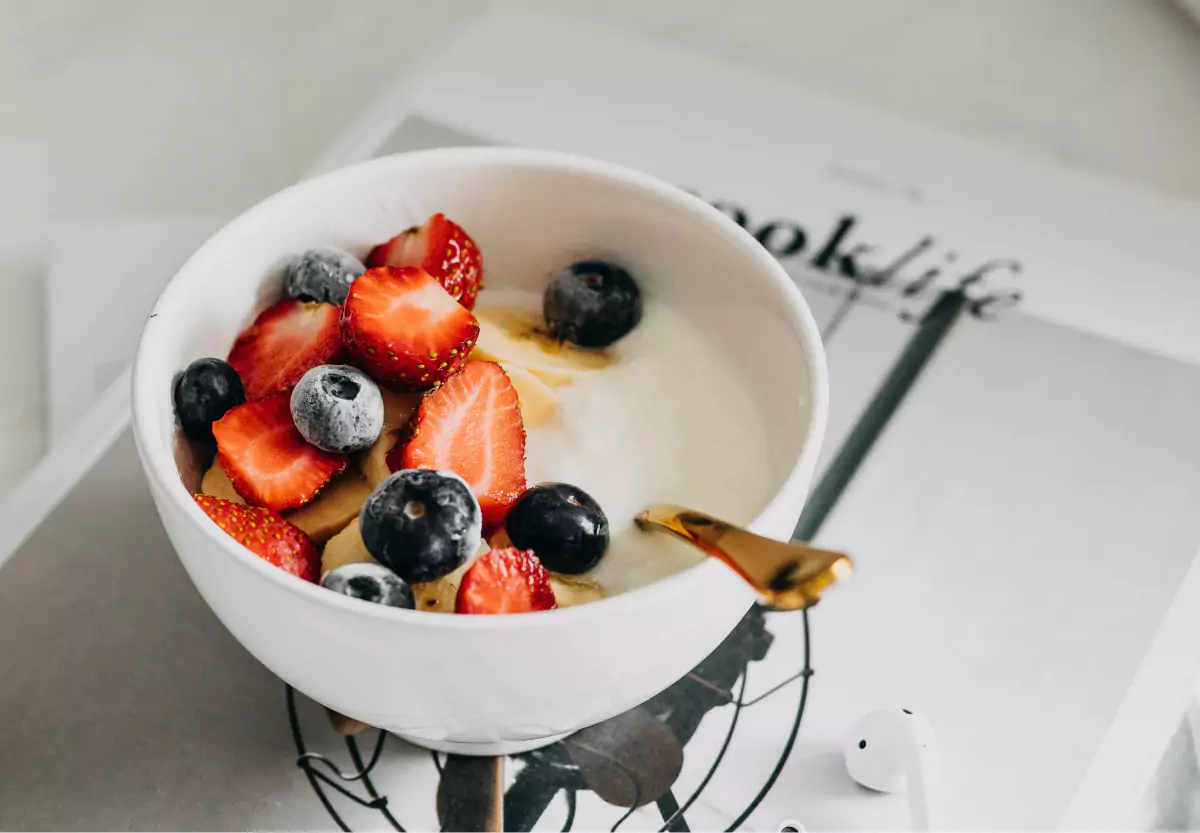
Yogurt contains probiotics, which may have numerous benefits for your gut. Some types of yogurt, such as plain Greek yogurt, for example, are also great sources of protein and can even have a positive impact on bone health for some people.
Flavored yogurts, however, tend to be packed with sugar. A typical store bought strawberry yogurt can have as much as 32 grams of sugar in a six ounce container, which is more than a Snickers candy bar!
To cut the sugar, stick with plain Greek yogurt, which only contains 5.5 grams of sugar per six ounces. If you crave some sweetness, add a small handful of fresh or frozen fruit, which will contain less sugar than flavored yogurt and add a boost of fiber and other nutrients.
You may also try adding in a handful of seeds and nuts for extra plant-based protein!
2) Instant Oatmeal
Oatmeal is a type of whole grain that is high in fiber and even contains some antioxidants. However, many varieties of instant oatmeal contain added sugar, especially if they are flavored. Brands like Quaker Instant Oatmeal can have anywhere from 12-15 grams of added sugars per packet.
Instead, opt for plain oatmeal or steel cut oats, which usually have no added sugar. You may also look for steel cut or rolled oats, which have a lower GI than instant oats and tend to be less processed.
Like with your yogurt, adding some seeds and/or nuts can help you balance your glucose response and add some extra fiber and protein to your meal.
3) Nut or Seed Butter
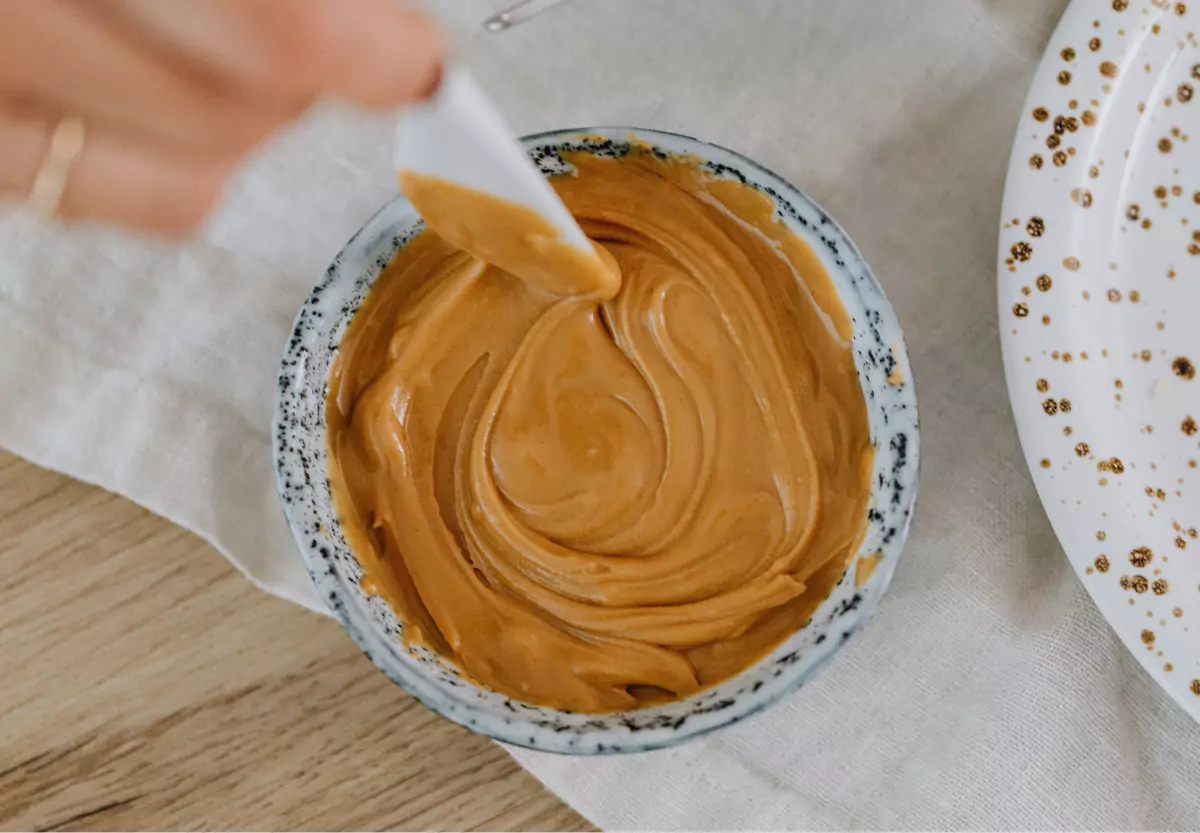
Nut and seed butters like peanut, almond, cashew, or sun butter are a great way to reap the potential health benefits of nuts and seeds. The American Heart Association recommends eating four servings a week to benefit heart health.
Nut and seed butters come in many varieties, and some have no added sugar. However, some of the common grocery store brands do contain added sugars.
Justin’s brand vanilla almond butter, for instance, contains six grams of added sugar in just two tablespoons. To reduce some of your sugar consumption, take a close look at the label and choose a brand with no added sugars.
4) Dressings, Sauces, and Marinades
Sugar often sneaks into dressings, sauces, marinades, and other condiments. Ketchup, honey mustard, salad dressings, BBQ sauce, and others may all be secret sources of added sugars depending on the brand.
The serving size is often very small when it comes to condiments and sauces, sometimes just one to two tablespoons. If you eat more, it’s easier for the added sugar to add up, so pay attention to your nutrition labels.
If you want to reduce your added sugar intake, try paying close attention to ingredient labels and opt for low-sugar options. Or, you can even make your own!
For homemade salad dressings, try:
- Creamy cilantro sunflower seed dressing from Minimalist Baker
- Mayo-free ranch dressing from Sugar Free Mom
For homemade marinades with no added sugar, try:
- One of these 4 healthy salmon marinades from The Clean Eating Couple
- Keto-friendly chicken marinade from All Day I Dream About Food
For homemade sauces, try:
- Sugar-free BBQ sauce from Sugar Free Londoner
- Nut-free basil and parsley pesto from Sugar Free Mom
Find the right Nutrisense programto turn insight into progress.
5) Dried and Canned Fruits
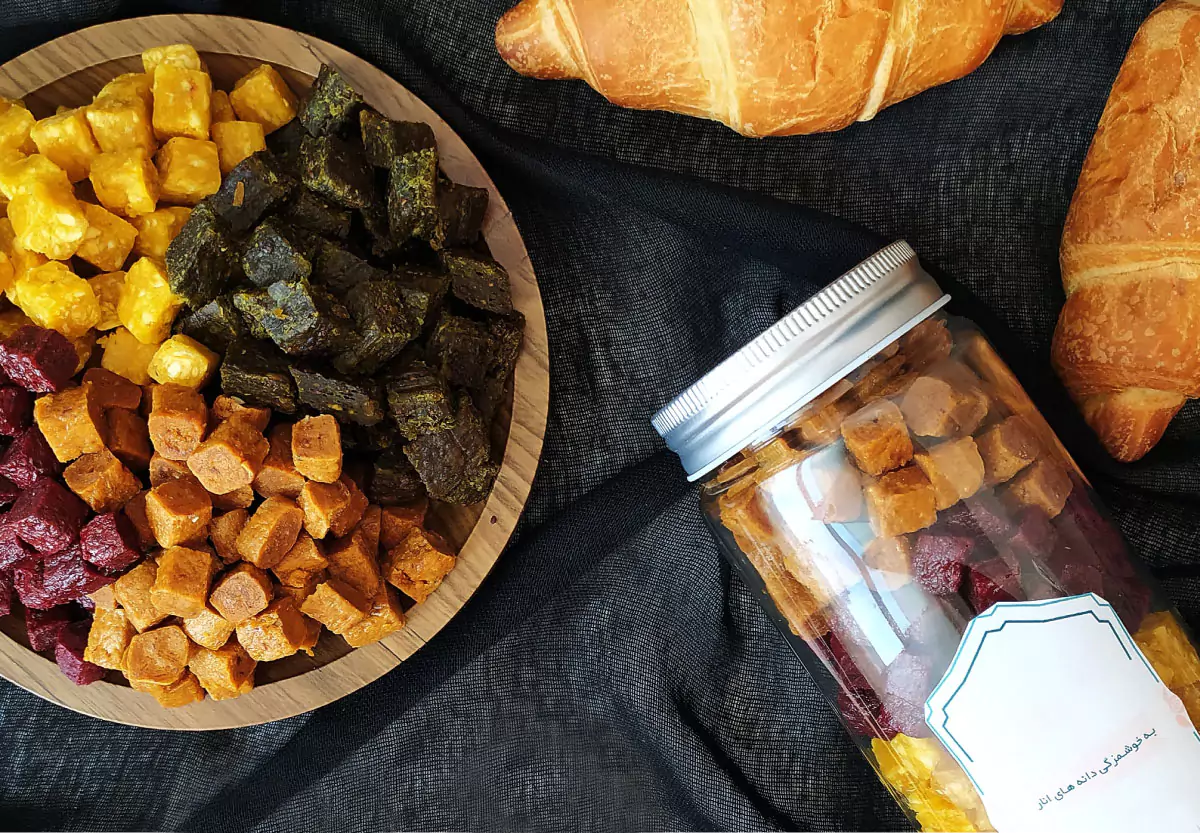
Because dehydration can concentrate sugar content, dried fruits are often naturally higher in sugar. However, many canned fruit products also contain added sugar.
This is because canned fruits will also often have sugar added as a preservative. Canned peaches, for example, can have up to 26 grams of sugar in just one cup, even though a large whole peach has only 15 grams.
To cut the sugar, make sure to read your nutrition labels carefully. Choose dried fruits with no sugar added, and instead of canned fruits, opt for fresh or frozen varieties.
6) Crackers and Bread
Surprisingly, many cracker brands list sugar as an ingredient.
- Wheat Thins, for example, contain three different kinds of sugar: sugar, refiner’s syrup (a refined sugar invert made from cane or beet sugar), and malt syrup made from barley and corn.
- Ritz crackers contain both sugar and high fructose corn syrup.
- A loaf of bread can also contain sugar. For example, one slice of refined white bread contains 2.1 grams of added sugar.
If you’re watching your sugar intake, try to choose brands with less or no added sugar. Plain brown rice cakes make a nice substitute for a higher sugar cracker option. You can also experiment with replacing bread or crackers with more creative options, like lettuce, portobello mushrooms, or bell peppers.
Here is a list of no-bread sandwich ideas that we love.
7) Protein Bars
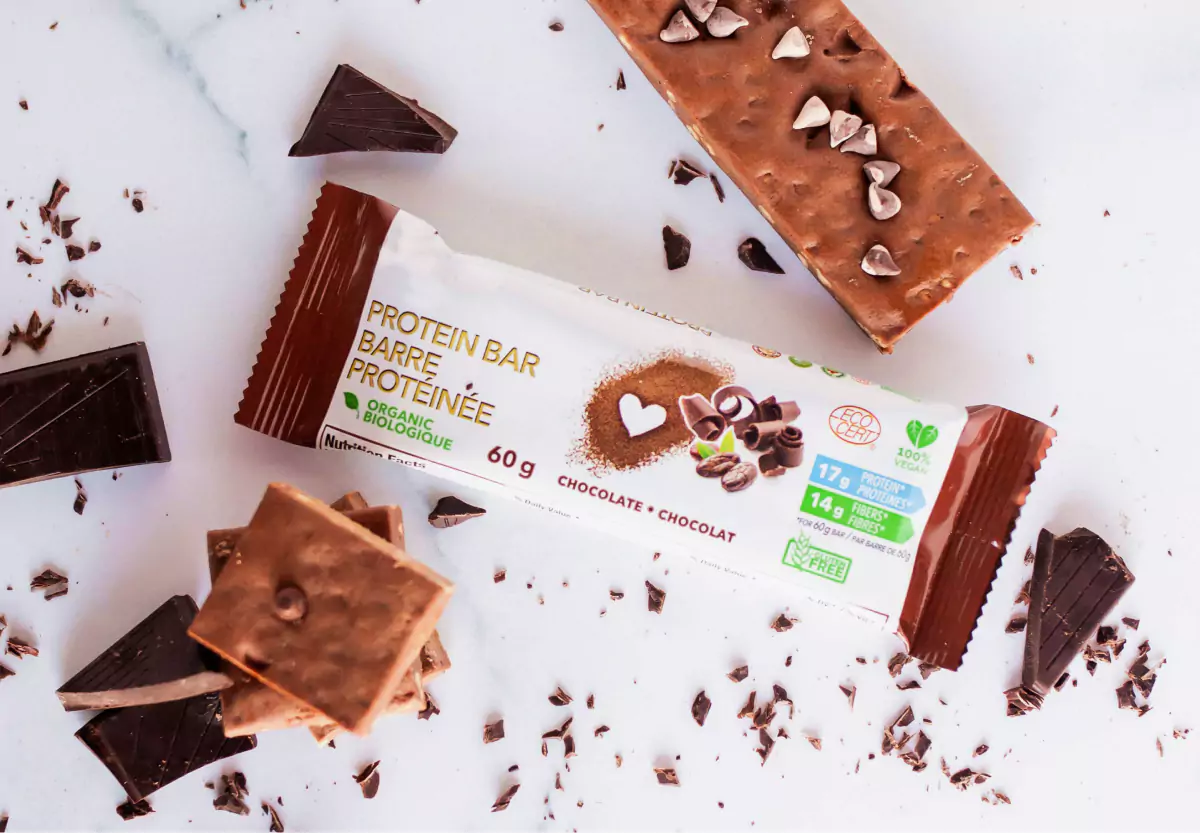
Even though their labels tend to emphasize protein, some manufacturers still seem to pack sugar into protein bars. One Clif bar, for example, has 22 grams of sugar. To cut the sugar, focus on some low-sugar protein-rich options. Many brands of protein bars, like Rx Bar and Quest bars, have little to no added sugars.
You can also try to get protein right from the source. Things like uncured beef jerky (with minimal or no added sugar) can also be a great option for extra protein.
8) Non-Dairy Milk
Many of the non-dairy milk alternatives that have become popular in recent years contain added sugar. Almond milk, for example, contains 7.2 grams of sugar per cup and vanilla almond milk contains 15 grams. Oatly brand oat milk contains seven grams of added sugar per cup.
Instead, you may want to opt for unsweetened versions of non-dairy milk with fewer ingredients. Unsweetened almond milk contains only 0.2 grams of sugar per cup.
9) Pasta Sauce
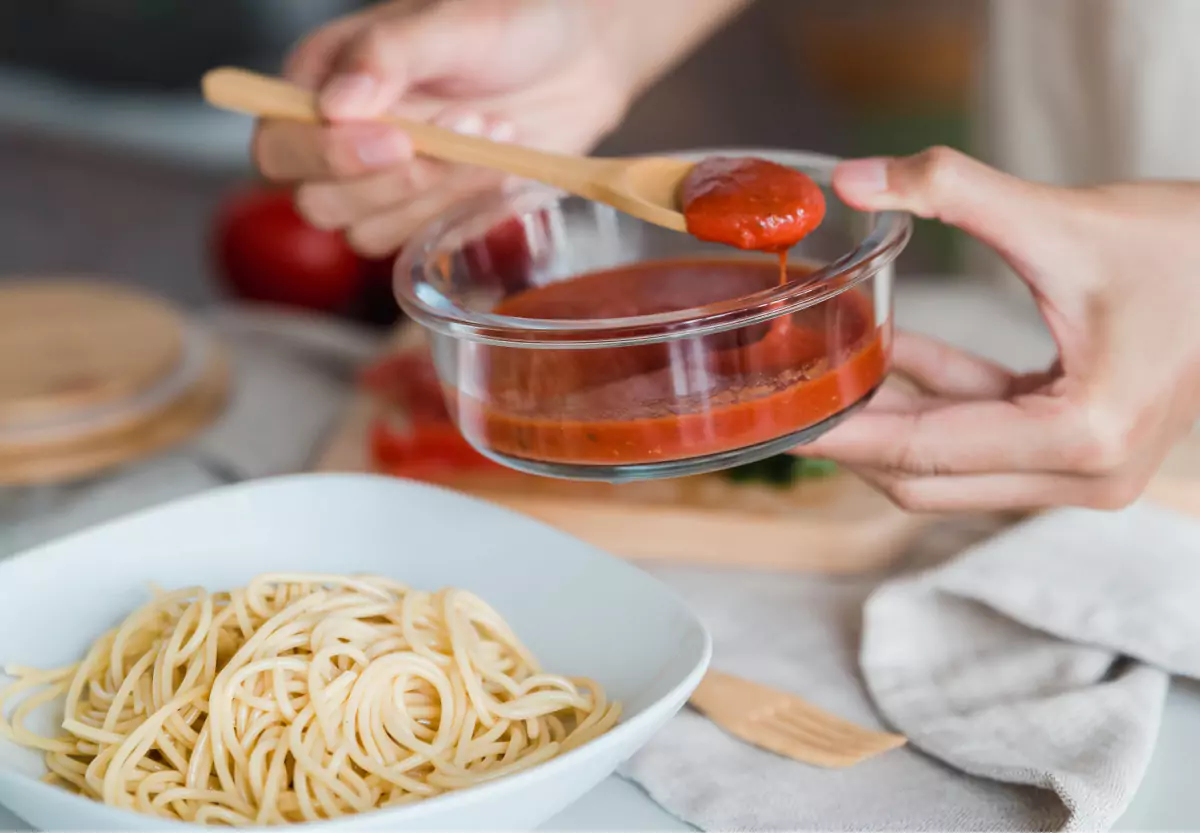
Even though pasta tends to be a savory food, many prepared pasta sauces contain a surprising amount of sugar. Prego’s traditional Italian tomato sauce, for example, contains four grams of added sugar in just one half cup. Bertolli’s vodka sauce contains two grams of added sugar.
Like always, make sure to read the ingredient labels closely and opt for brands like Classico or Rao’s, that don’t contain added sugars.
10) Alcoholic Drinks or Mixers
Finally, cocktails and cocktail mixers can be loaded with added sugars. Some margarita cocktail mixers can have as much as 28 grams of sugar per ounce!
One daiquiri can have 23 grams of sugar, while a Jack and Coke contains somewhere around 15 grams.
To cut down on some sugar, avoid or limit sweet wines or drinks mixed with sugary juices or sodas. These numbers will also vary depending on what ingredients are in the drink. Opt for a low-carb beer or a glass of red wine, which has 0.9 grams, instead.
Sugar: What’s the Big Deal?
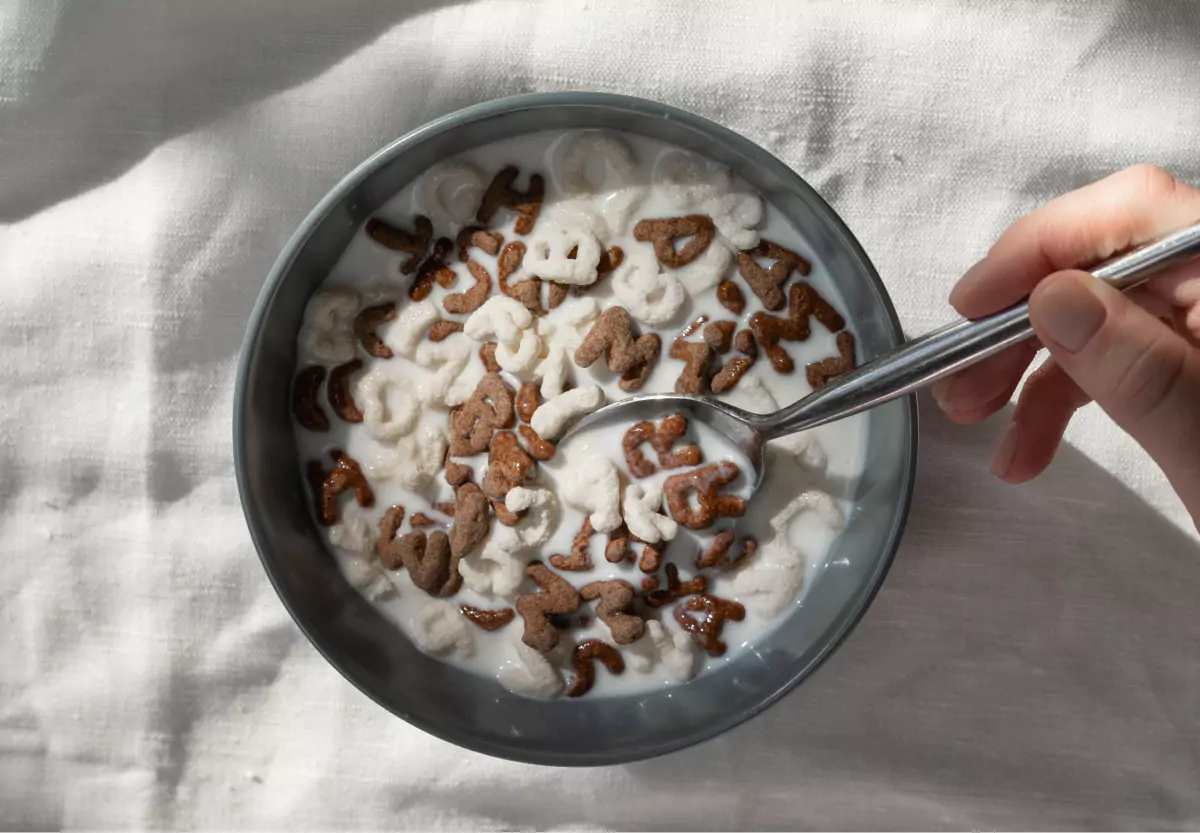
Unfortunately, many common foods such as breakfast cereal, granola bars, and even tomato sauce often contain hidden added sugars that you may not be aware of. So why is this important to be aware of?
Studies show that a diet high in sugar can increase the risk of high blood sugar, heart disease, high blood pressure, insulin resistance, fatty liver disease, and obesity. As a result, the American Heart Association recommends limiting your added sugar consumption to no more than six percent of your daily calorie intake.
For most people, this translates to no more than 100 calories per day, which is about six teaspoons of sugar. If you eat more, your risk of these negative health effects may increase.
Where Does Sugar Come From?
Sugar is a carbohydrate that is produced naturally in plants, including fresh fruits, vegetables, and nuts. It can arrive in the form of sucrose (one molecule of fructose plus one molecule of glucose), fructose on its own, or other types of molecules. Sucrose is the primary type of sugar found in table sugar.
Sugar occurring naturally is made during photosynthesis, or the process plants go through to transform the sun’s energy into food. Sugar cane and sugar beets are the two plants that hold the most sugar, so most commercial cane sugar is extracted from these two plants.
When it comes to the effect of sugar on the body, it’s important to understand the difference between natural and added sugars.
- Naturally occurring sugars are those that are naturally found in foods, like fruit and dairy.
- Added sugars are those that have been added to a food or beverage after it has been produced or prepared.
Natural sugar from a piece of fruit will usually be absorbed slower into your bloodstream because of the fiber and nutrients present in the fruit.
Added sugar from a low fiber or low protein beverage or dessert, on the other hand, will typically enter your bloodstream very quickly, and may be more likely to lead to a blood sugar spike. However, it’s all about the dose! Eating high amounts of added or naturally occurring sugar can both impact glucose levels.
Go Beyond Glucose Data with Nutrisense
Your glucose can significantly impact how your body feels and functions. That’s why stable levels are an important factor in supporting overall wellbeing. But viewing glucose isn't enough. Nutrisense, you’ll be able to learn how to use your body's data to make informed lifestyle choices that support healthy living.
One-to-one coaching
Sign up to access insurance-covered video calls to work with a glucose expert: a personal registered dietitian or certified nutritionist who will help tailor your lifestyle and diet to your goals.
Monitor and measure what matters
With the Nutrisense CGM Program, you can monitor your glucose with health tech like glucose biosensors and continuous glucose monitor (CGM)s, and analyze the trends over time with the Nutrisense App. This will help you make the most informed choices about the foods you consume and their impact on your health.
Find your best fit
Ready to take the first step? Start with our quiz to find the right Nutrisense program to help you take control.

Heather is a Registered and Licensed Dietitian Nutritionist (RDN, LDN), subject matter expert, and technical writer, with a master's degree in nutrition science from Bastyr University. She has a specialty in neuroendocrinology and has been working in the field of nutrition—including nutrition research, education, medical writing, and clinical integrative and functional nutrition—for over 15 years.




